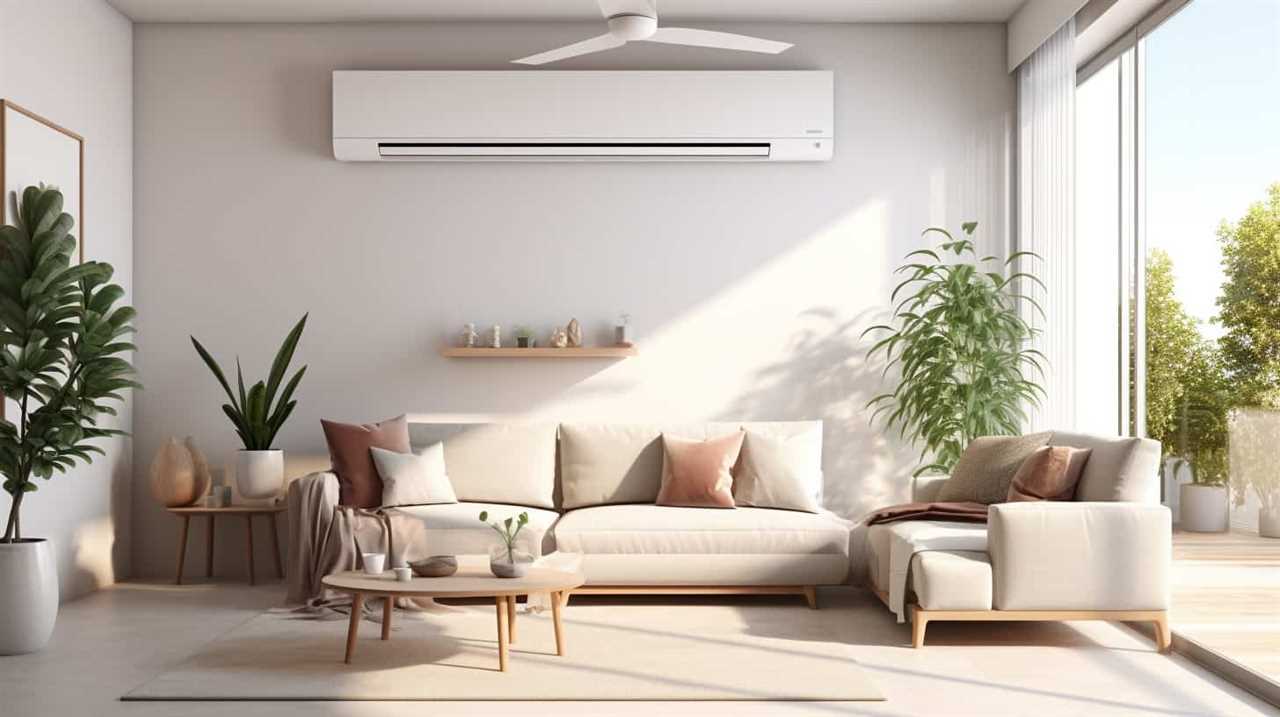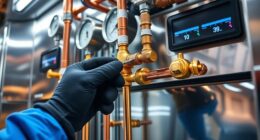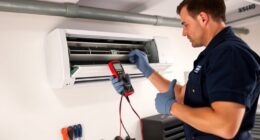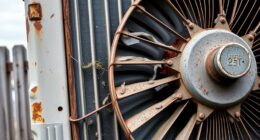Seeking solutions for your AC heat pump troubles? You’re in the right place! Our professional guidance and useful suggestions will aid you in diagnosing and fixing typical issues associated with your AC heat pump.
From understanding the components of your system to step-by-step instructions for DIY repairs, we provide clear and concise solutions.
With our attention to detail and problem-solving mindset, we’ll help you keep your AC heat pump running smoothly and efficiently.
Let’s get started on solving your AC heat pump issues today!
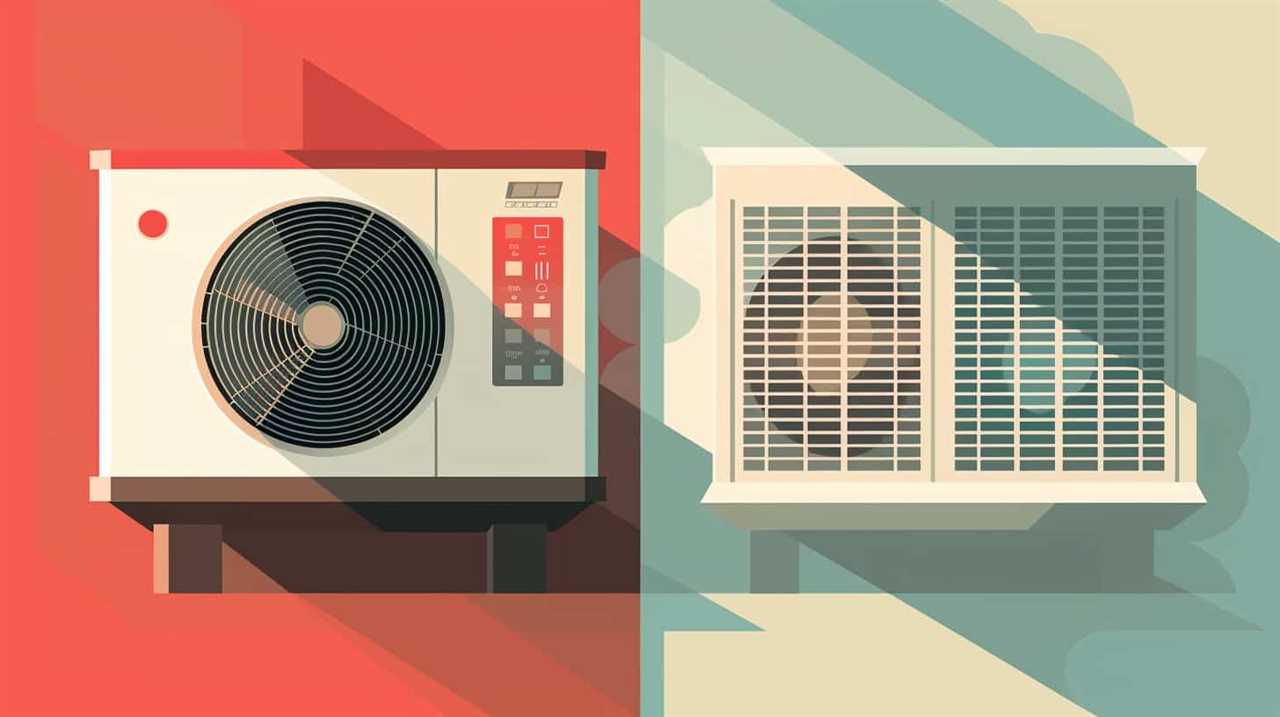
Key Takeaways
- Regular maintenance is essential for preventing AC heat pump issues and ensuring efficient operation.
- Troubleshoot common problems such as lack of cooling or heating, inadequate airflow, and unusual noises by checking thermostat settings, inspecting components, and addressing any obstructions or malfunctions.
- Properly maintaining and cleaning air filters, coils, and the outdoor unit can improve airflow and heat transfer efficiency.
- Seek professional assistance for complex issues or if handling refrigerant is required.
Common AC Heat Pump Problems
We have identified three common AC heat pump problems that homeowners often encounter.
Troubleshooting common heat pump problems requires technical expertise and a problem-solving approach.
The first issue is a lack of cooling or heating. This can be caused by a faulty thermostat, low refrigerant levels, or a malfunctioning compressor. To troubleshoot this problem, check the thermostat settings, ensure proper refrigerant levels, and inspect the compressor for any signs of damage.
The second problem is inadequate airflow. This can be due to dirty air filters, blocked vents, or a malfunctioning blower motor. To address this issue, clean or replace the air filters, clear any obstructions in the vents, and inspect the blower motor for any issues.

The third problem is unusual noises coming from the heat pump. This could indicate a loose or damaged fan blade, a faulty motor, or a worn-out compressor. To resolve this, tighten or replace the fan blade, inspect the motor for any issues, and consider replacing the compressor if necessary.
Troubleshooting Techniques for Heat Pump Issues
To effectively troubleshoot heat pump issues, we’ll utilize a range of techniques and strategies.
One important aspect of efficient heat pump operation is ensuring that there are no refrigerant leaks. If you suspect a refrigerant leak, there are a few steps you can take to troubleshoot the issue.
First, check for any visible signs of leakage, such as oil stains or frost buildup.

Next, use a refrigerant leak detector to pinpoint the exact location of the leak.
Once you have identified the source, you can proceed with the necessary repairs, which may involve replacing damaged components or tightening connections.
It’s important to note that handling refrigerant requires proper training and certification, so it’s recommended to seek professional assistance for this task.
Tips for Maintaining Your AC Heat Pump
Regular maintenance is essential for keeping your AC heat pump in optimal condition. By following a proper AC heat pump maintenance checklist, you can prevent potential issues and ensure the efficient operation of your system.

One of the signs of a malfunctioning heat pump is reduced heating or cooling performance. If you notice a decrease in the system’s ability to heat or cool your home, it may be time for maintenance.
Begin by cleaning or replacing the air filters to improve airflow. Additionally, check the outdoor unit for any debris or obstructions that could hinder its operation.
Regularly inspect and clean the coils, as dirty coils can reduce heat transfer efficiency. Ensure that the refrigerant levels are adequate and that there are no leaks.
Understanding the Components of an AC Heat Pump System
Understanding the components of an AC heat pump system is crucial for troubleshooting and resolving any issues that may arise. A heat pump system consists of several key components that work together to provide both heating and cooling for your home. Let’s take a closer look at these components:
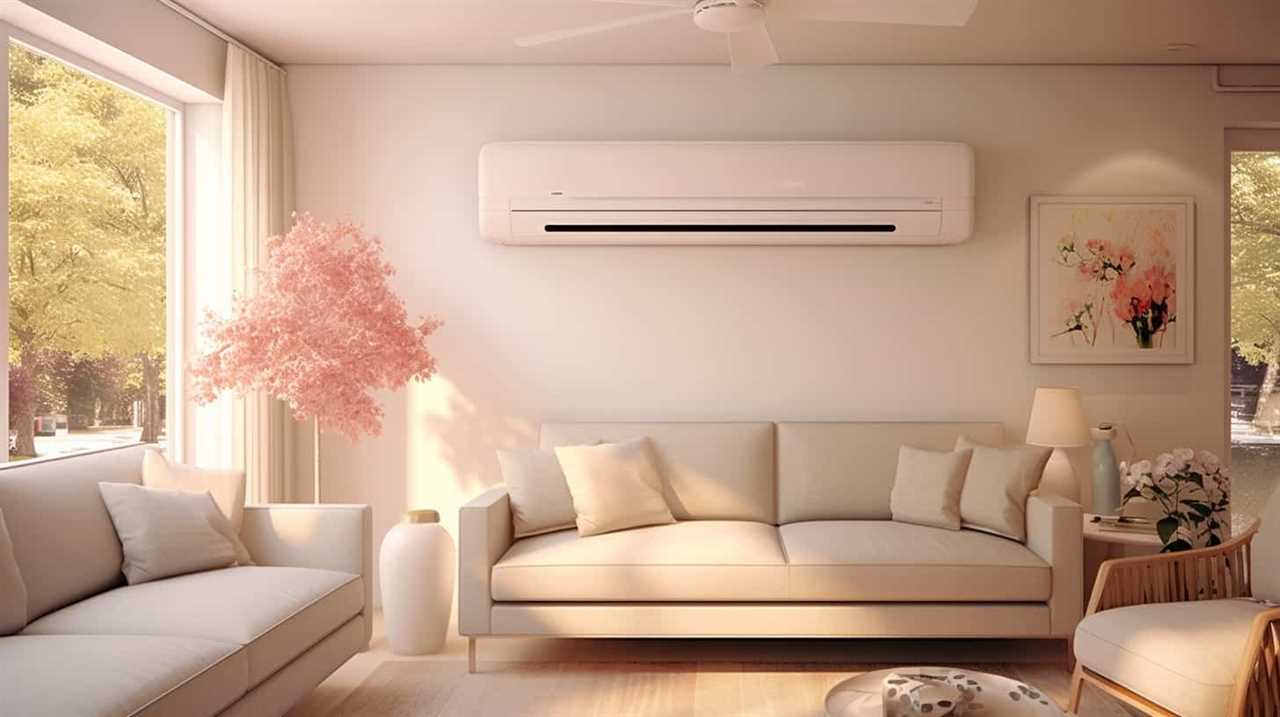
| Component | Function |
|---|---|
| Compressor | Pressurizes and circulates refrigerant through the system |
| Condenser coil | Releases heat absorbed from the indoor air |
| Evaporator coil | Absorbs heat from the outdoor air |
| Expansion valve | Controls the flow of refrigerant between the coils |
| Fan and blower motor | Circulates air through the system and across the coils |
Understanding how these components interact and function is essential for diagnosing and resolving any issues. When it comes to heat pump installation, proper placement and sizing of these components play a significant role in maximizing energy efficiency and ensuring optimal performance. By familiarizing yourself with these components, you’ll be better equipped to identify and address any problems that may arise with your AC heat pump system.
Expert Advice for DIY AC Heat Pump Repairs
As experts in AC heat pump repairs, we recommend using caution and seeking professional assistance when dealing with complex issues. However, there are some DIY repair techniques and troubleshooting tips that you can try before calling a technician. Here are a few suggestions to help you get started:
-
Check the air filter: A clogged or dirty air filter can restrict airflow and reduce the efficiency of your heat pump. Make sure to clean or replace the filter regularly to maintain optimal performance.
-
Inspect the outdoor unit: Debris such as leaves, dirt, or ice can accumulate around the outdoor unit, hindering its functionality. Clean the area around the unit and remove any obstructions to ensure proper airflow.
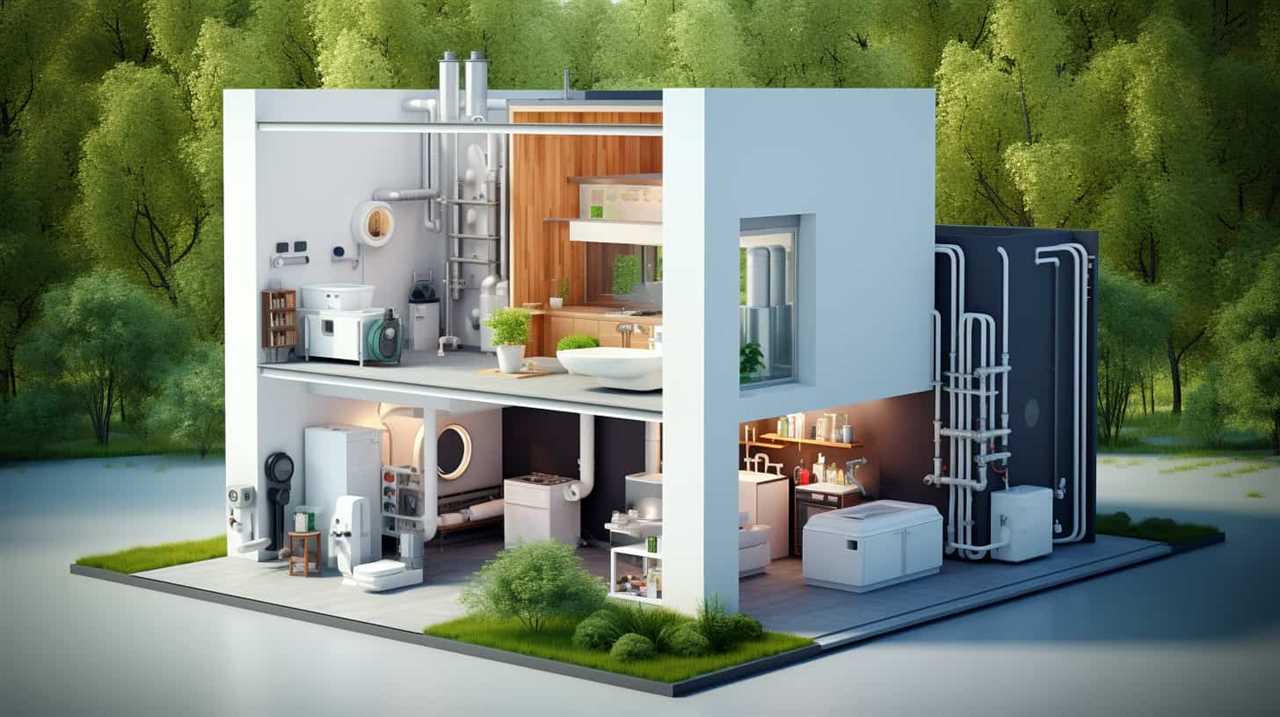
-
Verify the thermostat settings: Double-check the thermostat settings to ensure they’re set correctly. Incorrect temperature settings can lead to heating or cooling issues.
-
Test the electrical connections: Inspect the electrical connections for any loose or damaged wires. Faulty connections can cause your heat pump to malfunction.
Frequently Asked Questions
Can I Use My AC Heat Pump in Extreme Cold Weather?
Yes, you can use your AC heat pump in mild winter weather. However, troubleshooting common issues with AC heat pumps in extreme cold weather is important to ensure optimal performance and prevent damage.
How Often Should I Change the Air Filters in My AC Heat Pump?
We change our air filters in our AC heat pump regularly to maintain its efficiency. It’s a practical tip for troubleshooting common AC heat pump issues and ensuring optimal performance.
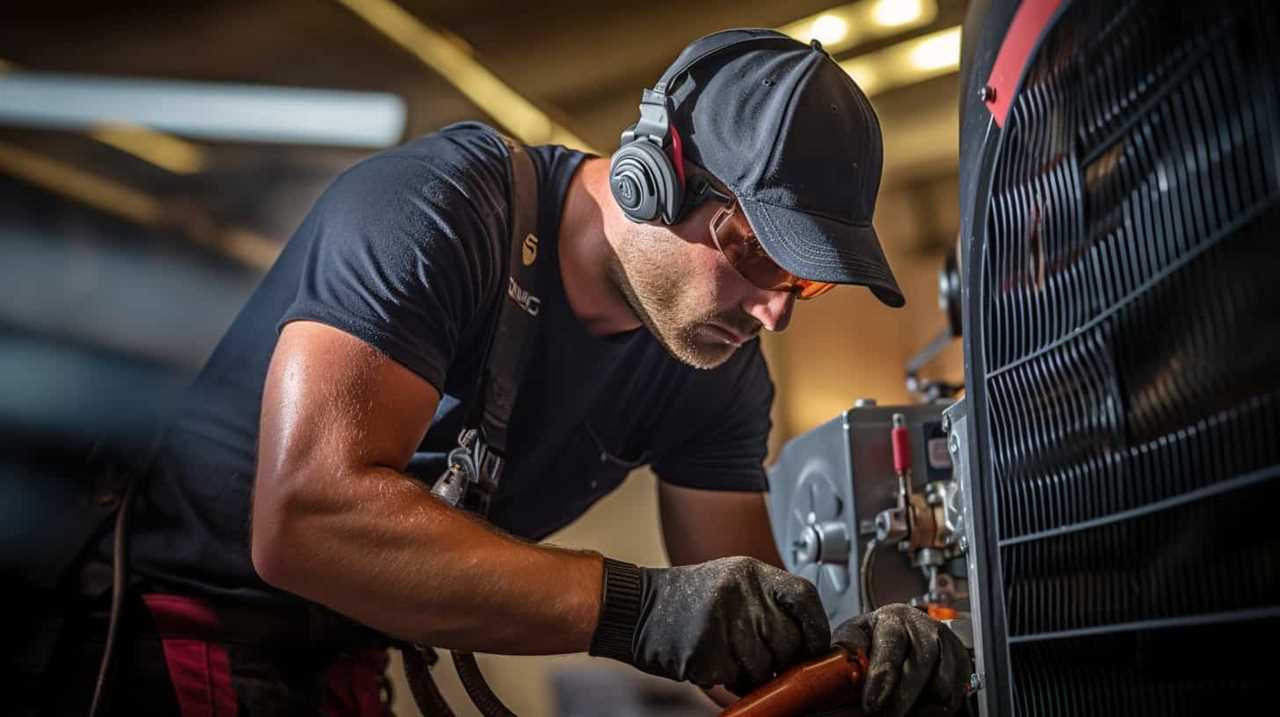
Is It Normal for My AC Heat Pump to Produce Strange Smells?
Yes, strange smells from your AC heat pump can be normal, but they could also be a sign of maintenance issues. We’ll provide practical tips for troubleshooting AC heat pump smells to keep your system running smoothly.
Can I Use My AC Heat Pump to Cool and Heat Different Areas of My House Simultaneously?
Yes, you can use your AC heat pump to cool and heat different areas of your house simultaneously. This is possible due to its cooling efficiency and zoning capabilities.
What Should I Do if My AC Heat Pump Is Making Loud Noises?
If your AC heat pump is making loud noises, there are a few troubleshooting steps you can take. However, it’s best to seek professional maintenance to ensure a thorough inspection and repair.
Conclusion
In conclusion, by following these practical tips and troubleshooting techniques, you can effectively address common AC heat pump issues.
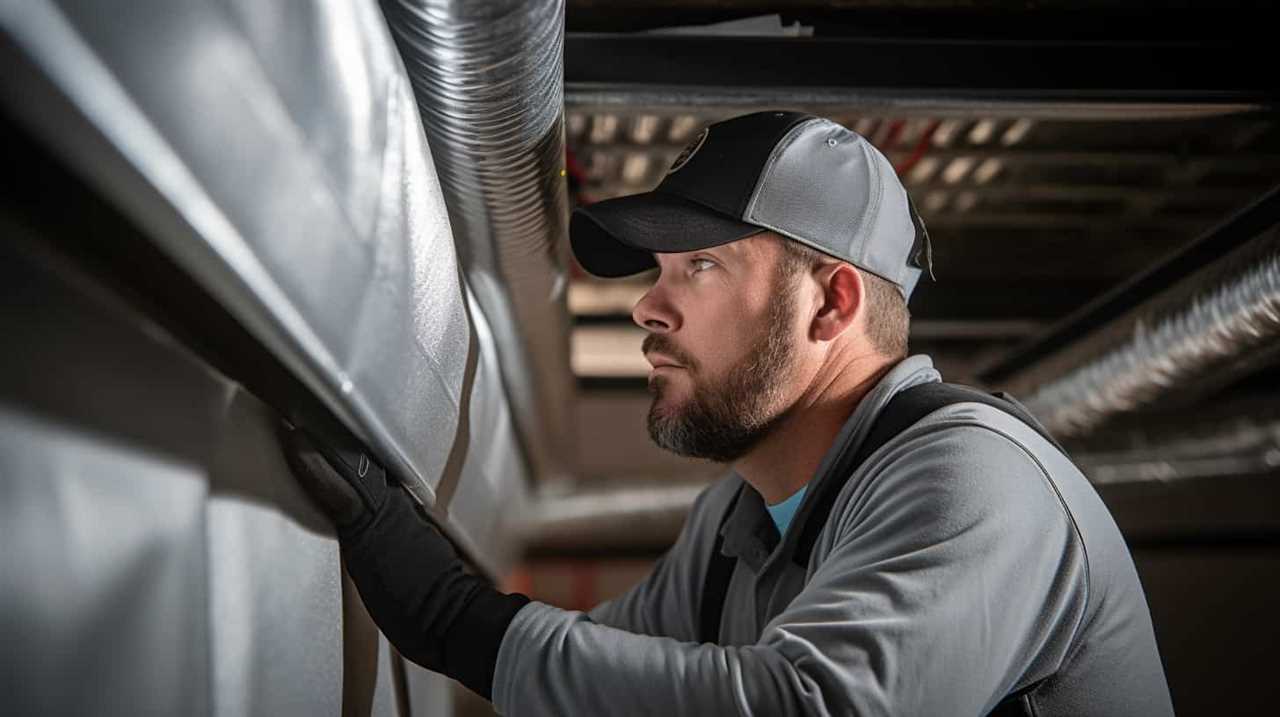
Remember to maintain your system regularly and understand its components for better problem-solving.
With attention to detail and a problem-solving mindset, you can successfully repair your AC heat pump and ensure optimal performance.




